Celebrate World Art Nouveau Day by discovering 8 European architectural wonders

What better way to honour the architecture and design style – recognisable for its flowing lines, asymmetry, sense of dynamism, and intricate designs – than taking a whistle-stop tour of some of Europe’s best examples of Art Nouveau architecture.
If you’re not lucky enough to find yourself in an Art Nouveau hotspot, fear not: Euronews Culture has rounded up some of the most distinctive Art Nouveau architecture across the continent, from Brussels to Budapest.
Municipal House, Prague (Czechia)
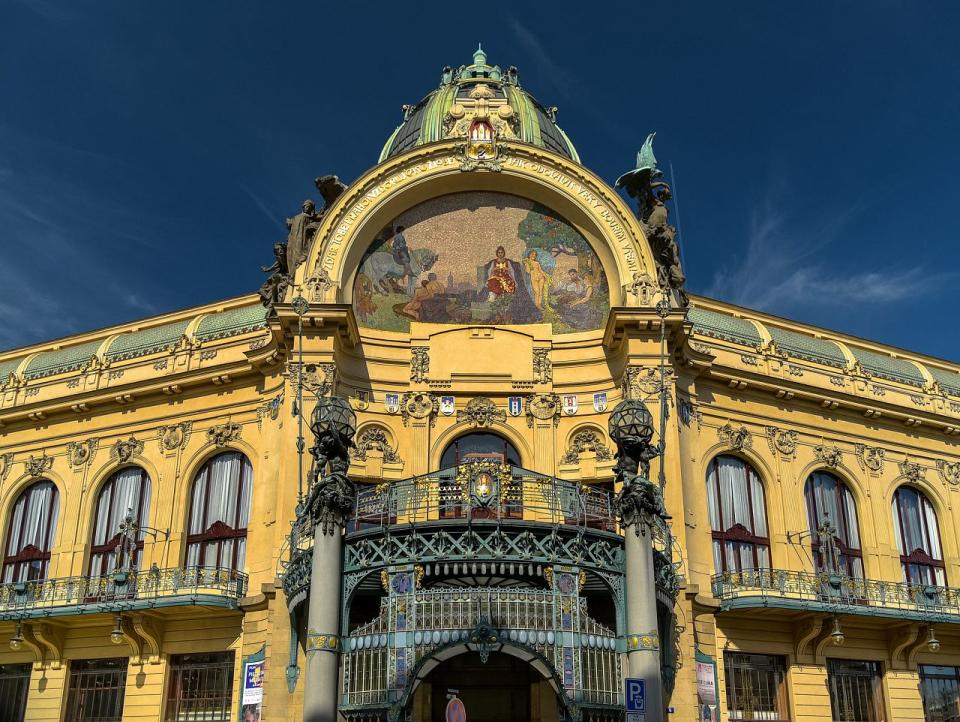
Built from 1905 to 1911, Prague’s Municipal House (Obecní Dům) is beloved for its flamboyant floral motifs and colourful stained glass windows.
Decorated by such famed artists and sculptors as Alfons Mucha, Jan Preisler, Ladislav Šaloun, the building now houses the Smetana Concert Hall – famed as Prague’s most beautiful.
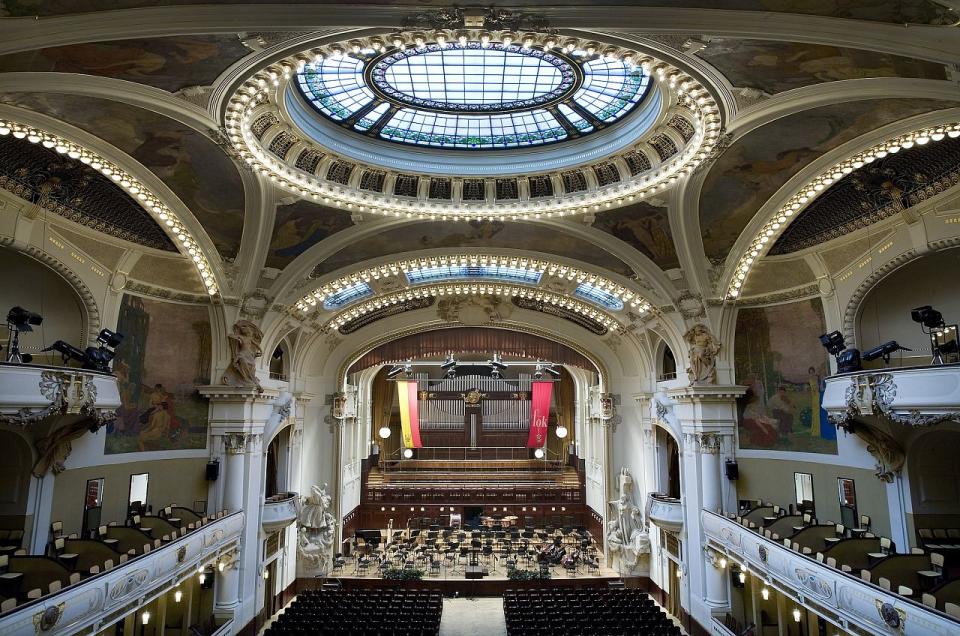
Casa Batlló, Barcelona (Spain)
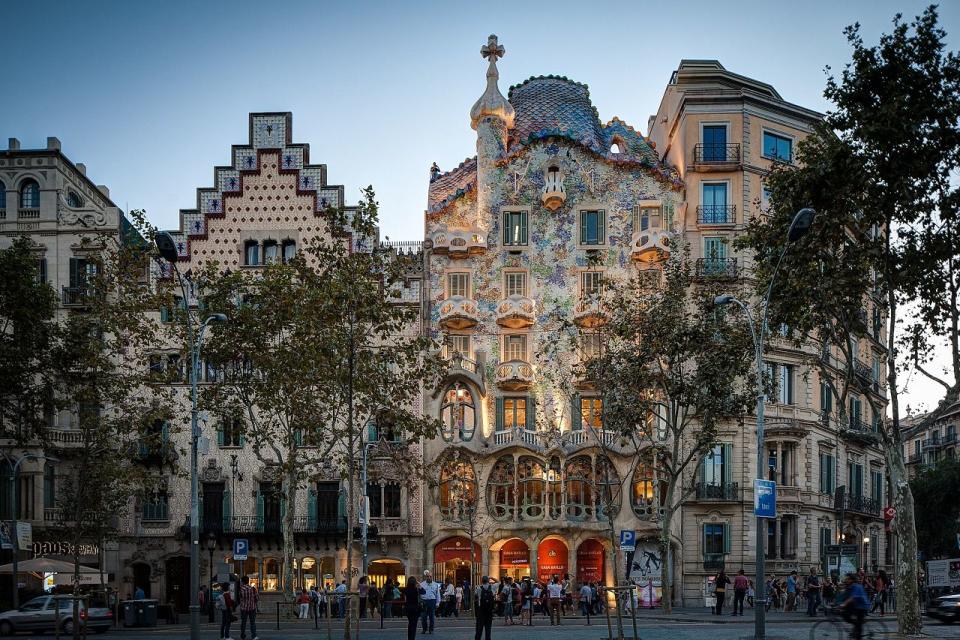
Casa Batlló is just one of Gaudí's masterpieces of Art Nouveau architecture in Barcelona – on the very same street (the glam Passeig de Gràcia), in fact, you'll also find the equally spectacular La Pedrera building.
Built between 1904 and 1906, Casa Batlló is a worthy entry in its own right, though: its glistening mosaic-adorned facade, bone-reminiscent columns, dragon's-back roof design and undulating balconies are icons of Gaudí's genius and whimsical style.
Secession Building, Vienna (Austria)
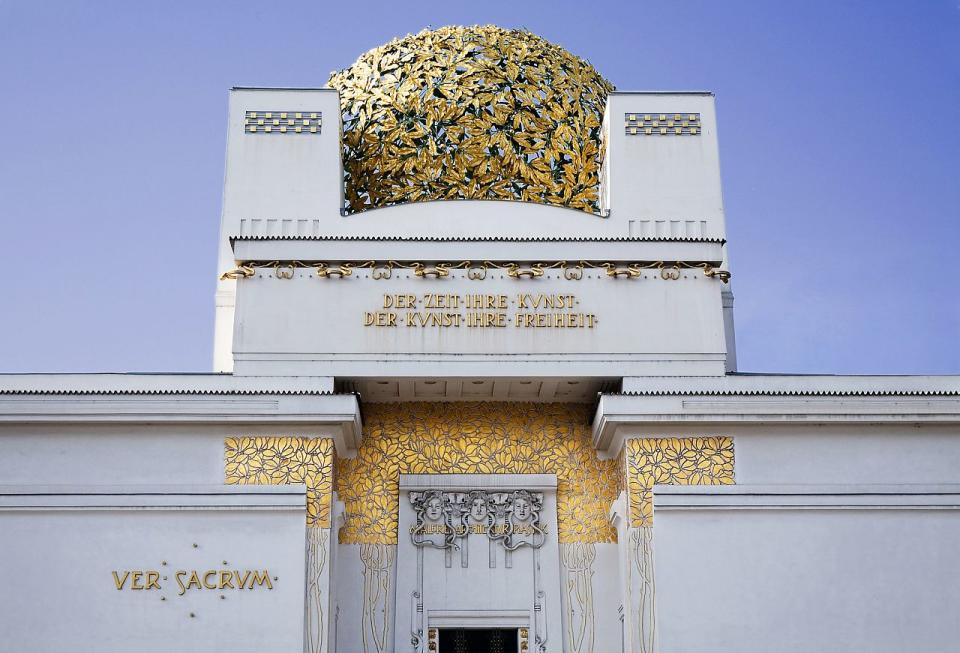
Completed in 1898 by Joseph Maria Olbrich, the Secession Building (Secessionsgebäude) in Vienna serves as an architectural manifesto for the Vienna Secession movement – a branch of Art Nouveau that saw group of Austrian artists resign from the Association of Austrian Artists in protest against its support for more traditional artistic styles.
The motto of the Secessionist movement is written above the entrance of the pavilion: "To every age its art, to every art its freedom".
Post Office Savings Bank, Budapest (Hungary)

Another Secessionist masterpiece, Budapest's Post Office Savings Bank (Magyar Postatakarékpénztár) was designed by Ödön Lechner, pioneer of the Hungarian Art Nouveau movement known as Szecesszió.
The building, completed in 1901, is renowned for its vibrant tile work and folk motifs and now houses the Hungarian State Treasury. Fittingly, if you look closely you'll spot bees and their hives – symbolising both Lechner's penchant for Hungarian folklore, together with work and the economy.
Hôtel Solvay, Brussels (Belgium)
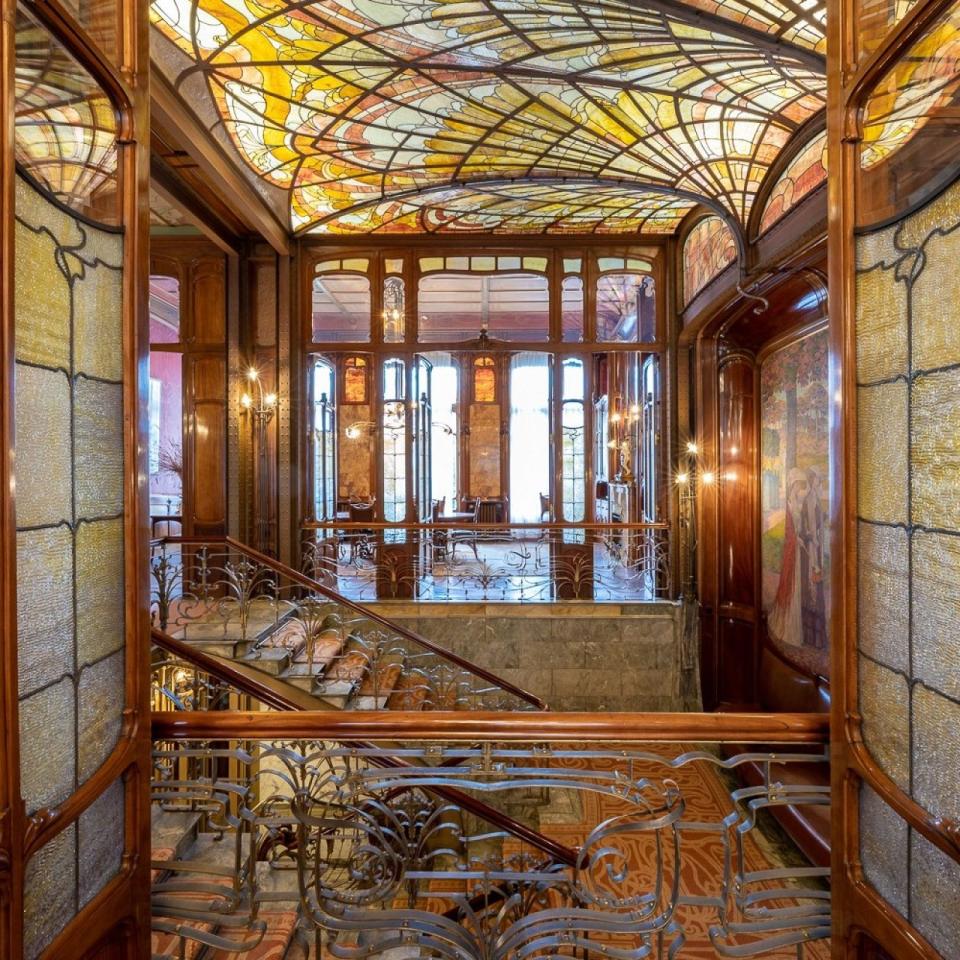
For a peek into the life of the 19th-century Brussels bourgeoisie, look no further than Hôtel Solvay on elegant Avenue Louise. This luxurious townhouse was built by Victor Horta in 1894 for the son of chemist and industrialist Ernest Solvay, and is regarded as one of the architect’s finest works – such that it was even added to UNESCO’s list of World Heritage Sites in 2003.
Casa Fenoglio-Lafleur, Turin (Italy)
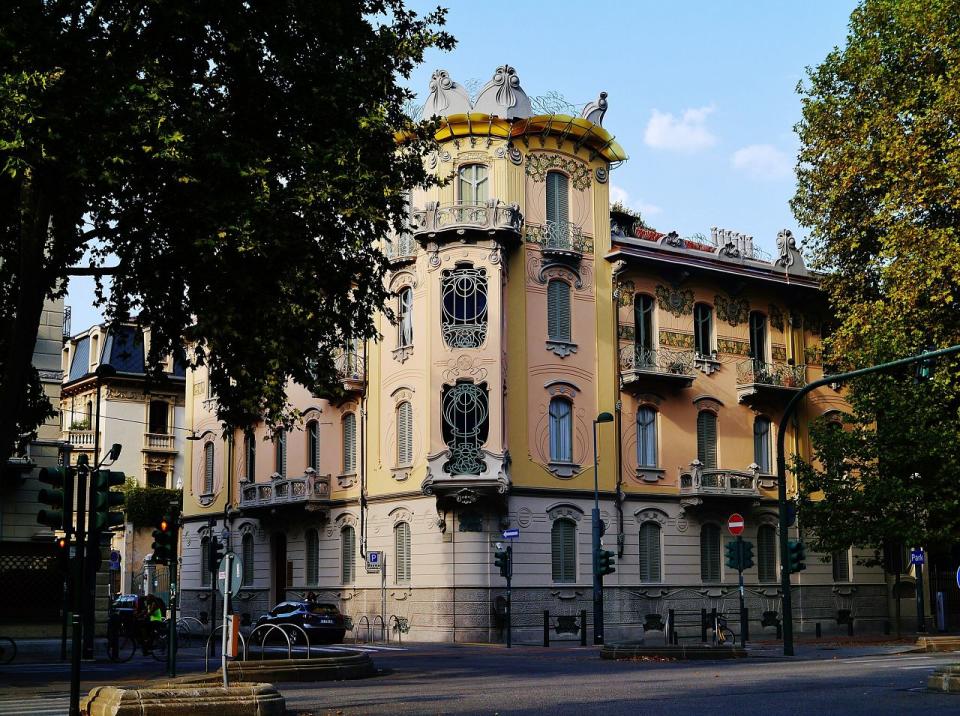
Built in the Liberty style, the Italian variant of Art Nouveau, this historic Turin landmark was designed by architect Pietro Fenoglio as his personal home-studio in 1902 and later sold to a French businessman by the name of Lafleur. Thankfully, the house – richly adorned with nature-inspired decoration – survived the bombing of Turin during World War II and was painstakingly restored in the 1990s.
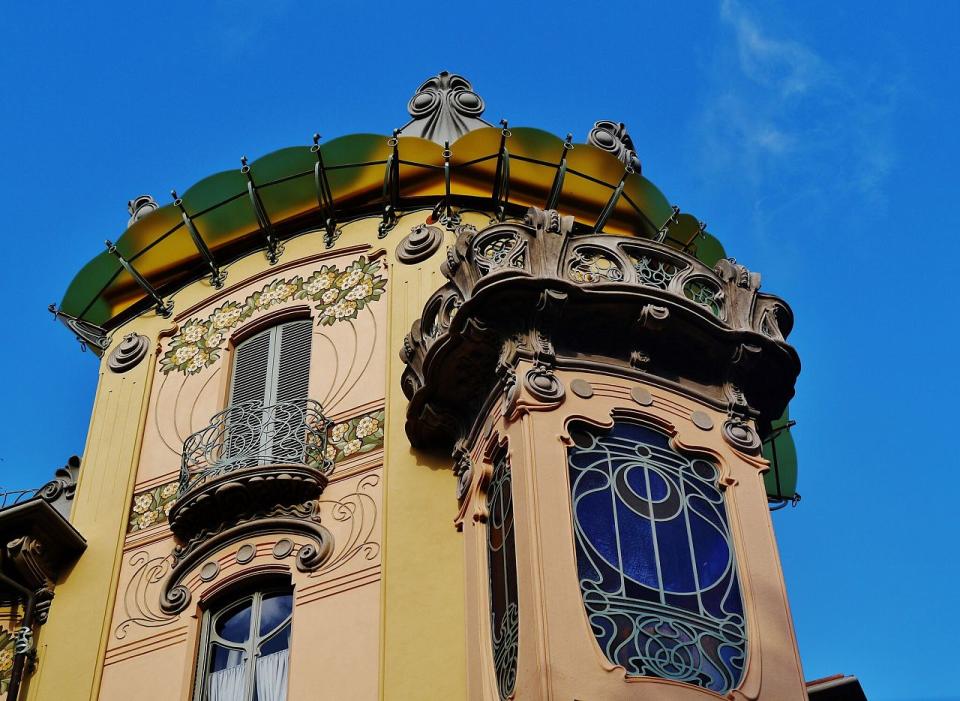
Raichle Palace, Subotica (Serbia)
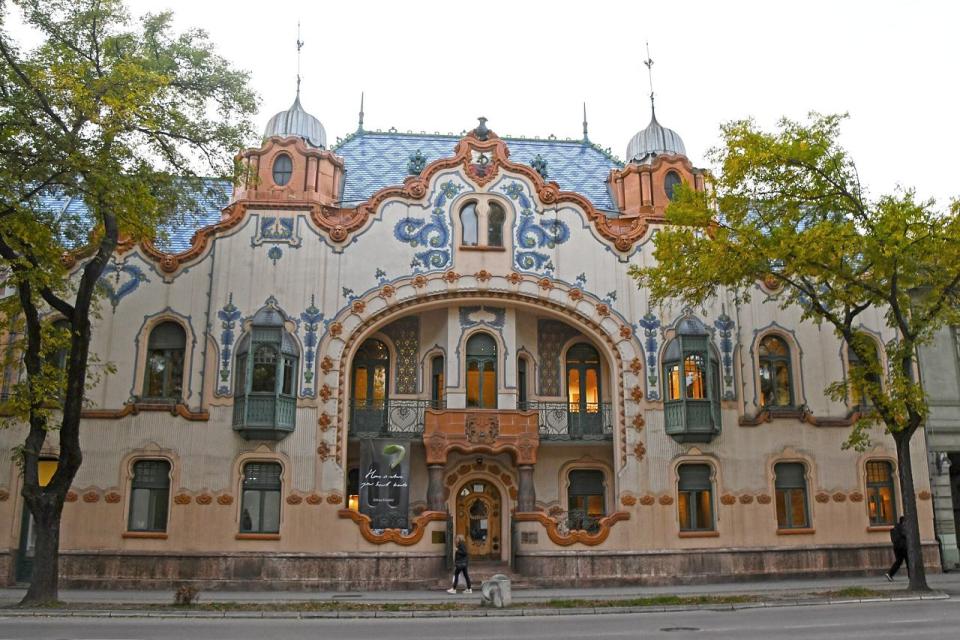
An under-sung stunner of the Hungarian Szecesszió style, the Raichle Palace has had a storied history since its completion in 1904 (when Subotica was part of the Austro-Hungarian Empire). After just four years in his self-designed palace, architect Ferenc Raichle declared bankruptcy, and the furniture and artwork within were sold off at auction. Today, the Palace – with its trademark fairytale face – is home to the Gallery of Modern Art Subotica.
Albert Street, Riga (Latvia)
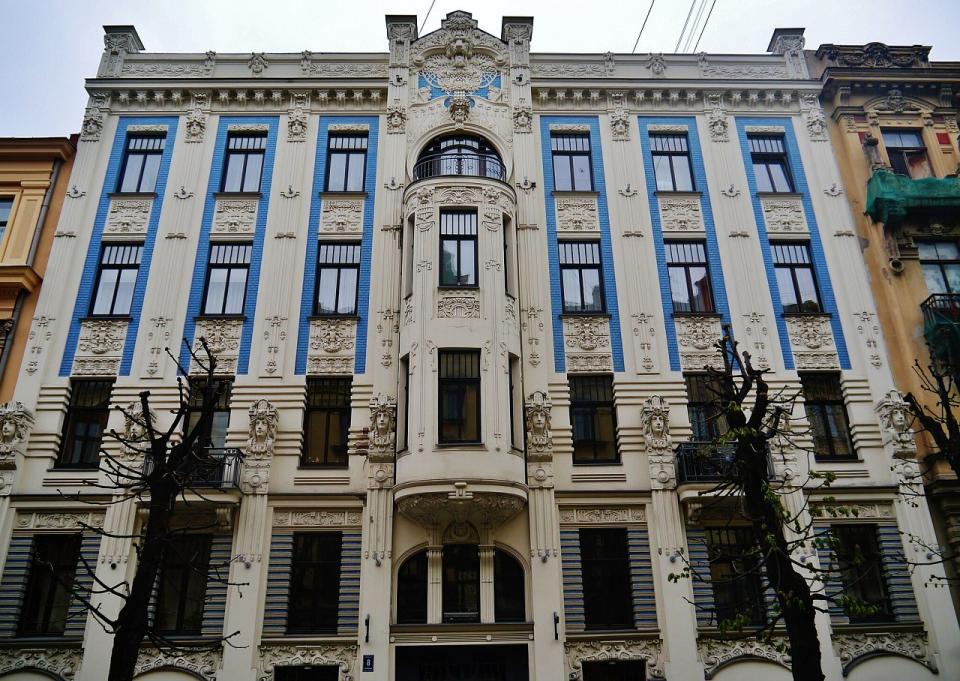
Ok, ok – we know this isn’t strictly one building, but Riga’s Albert Street and Elizabeth Steet (Alberta iela, Elizabetes iela) are so packed with examples of Art Nouveau architecture that they deserved their own entry on this list.
Now we come to think of it, Riga may even deserve a list all to itself. Art Nouveau architecture makes up roughly one third of all the buildings in Latvian capital’s centre, making it the largest concentration of Art Nouveau buildings anywhere in the world. Such is downtown Riga’s architectural prowess that in 1997 it was designated as a UNESCO World Heritage site.
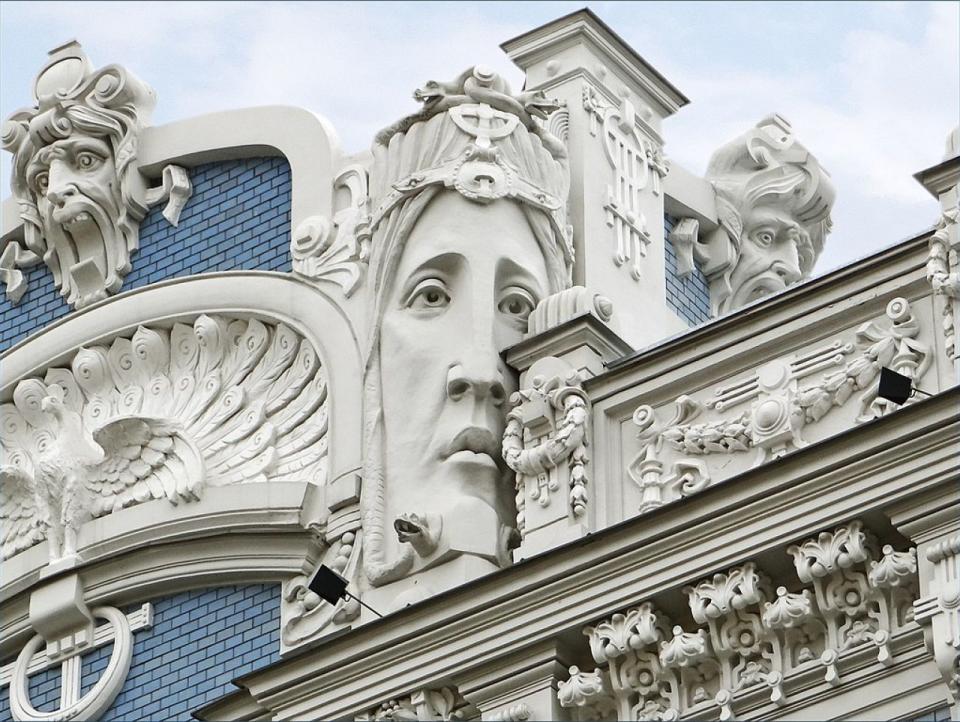
Many of the buildings on Albert Street and Elizabeth Street (the first ports of call for Art Nouveau pilgrims) were designed by Mikhail Eisenstein, along with others by Eižens Laube and Konstantīns Pēkšēns – whose former home is now the Riga’s Art Nouveau Museum.


